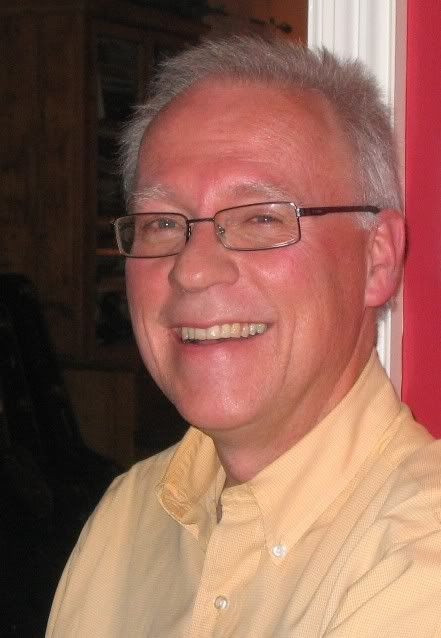[December 2001 journal entry]
A young pastor recently asked how I had come to my ‘non-religious’ approach to and understanding of ‘community’. I drew on a napkin a circle representing ‘community of faith’, encompassing the full/diverse denominational spectrum. I then drew a line from the center outward beyond the circle’s edge, representing where the voiceless and marginalized are found. I explained it was during the first of my years as a graduate professor that being present with my first wife as multiple sclerosis pulled her into humiliating deterioration undermined the existential credibility of the ‘religious’ sphere simultaneous with my coming to the conclusion that the ‘religious’ sphere also lacked intellectual credibility (e.g., lack of place for radical thinking, for critical historiography, for facing the limitations of ‘God’ language). At various points along that line stretching out beyond the circle’s edge to where being with my first wife took me, I marked where various acquaintances (e.g., family, friends, colleagues), schools of thought (both philosophical and theological), writings in Jewish scripture and Christian scripture, seminal thinkers in the history of religious thought, and Christian denominations lost credibility for me. Very few in any of these categories retained credibility for me amid the voiceless and marginalized victims of neurological diseases such as multiple sclerosis. I explained that I discovered a sense of ‘community’ by straining to be near the voiceless and marginalized and with the individuals (for me, mostly health care professionals) who had chosen to be with and serve them. From this discovery evolved my four-tiered understanding of ‘community’.
